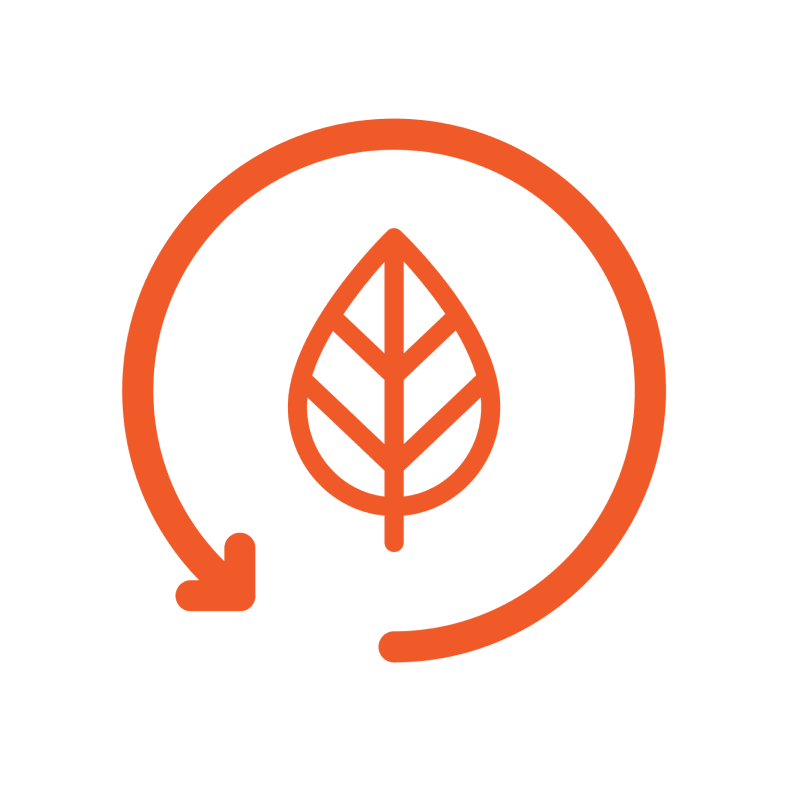The National Adaptation Plan (NAP) Global Network supports developing countries to advance their NAP processes to help accelerate climate change adaptation efforts around the world.
The Network was established in 2014 at the 20th session of the Conference of the Parties (COP 20) in Lima, Peru, initiated by adaptation practitioners from 11 developing and developed countries.
Today, the NAP Global Network connects over 3,000 participants from more than 170 countries working on national adaptation planning and action, and has delivered direct support to more than 65 countries.












